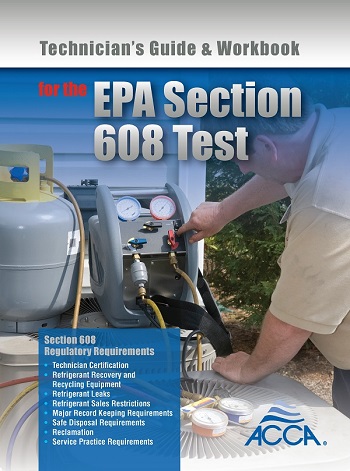EPA Monitors Attack Sites' Air, Water
Whitman said that the results of monitoring of drinking water in New York City provided additional reassurance that city residents were not being exposed to dangerous contaminants including asbestos, radiation, mercury and other metals, pesticides, PCBs or bacteria.
Whitman also announced that EPA has been given up to $83 million from the Federal Emergency Management Agency (FEMA) to support EPA's involvement in cleanup activities and ongoing monitoring of environmental conditions in both the New York City and Washington metropolitan areas following the terrorist attacks on the World Trade Center and the Pentagon.
"We are very encouraged that the results from our monitoring of air quality and drinking water conditions in both New York and near the Pentagon show that the public in these areas is not being exposed to excessive levels of asbestos or other harmful substances," Whitman said.
In the aftermath of the attacks, the EPA worked closely with state, federal and local authorities to provide expertise on cleanup methods for hazardous materials, as well as to detect whether any contaminants are found in ambient air quality monitoring, sampling of drinking water sources and sampling of runoff near the disaster sites.
Drinking water in Manhattan was tested at 13 sampling points, in addition to one test at the Newtown Sewage Treatment plant and pump station. Initial results of the drinking water sampling showed that levels of asbestos were well below the EPA's levels of concern.
At the Pentagon explosion site in Arlington, Va., the EPA has also been involved in monitoring of air and water quality. All ambient air monitoring results, both close to the crash site and in the general vicinity, showed either no detection of asbestos or levels that fall well below the Agency's level of concern. Testing of runoff water from the disaster site did not show elevated levels of contaminants.
Looking for a reprint of this article?
From high-res PDFs to custom plaques, order your copy today!







